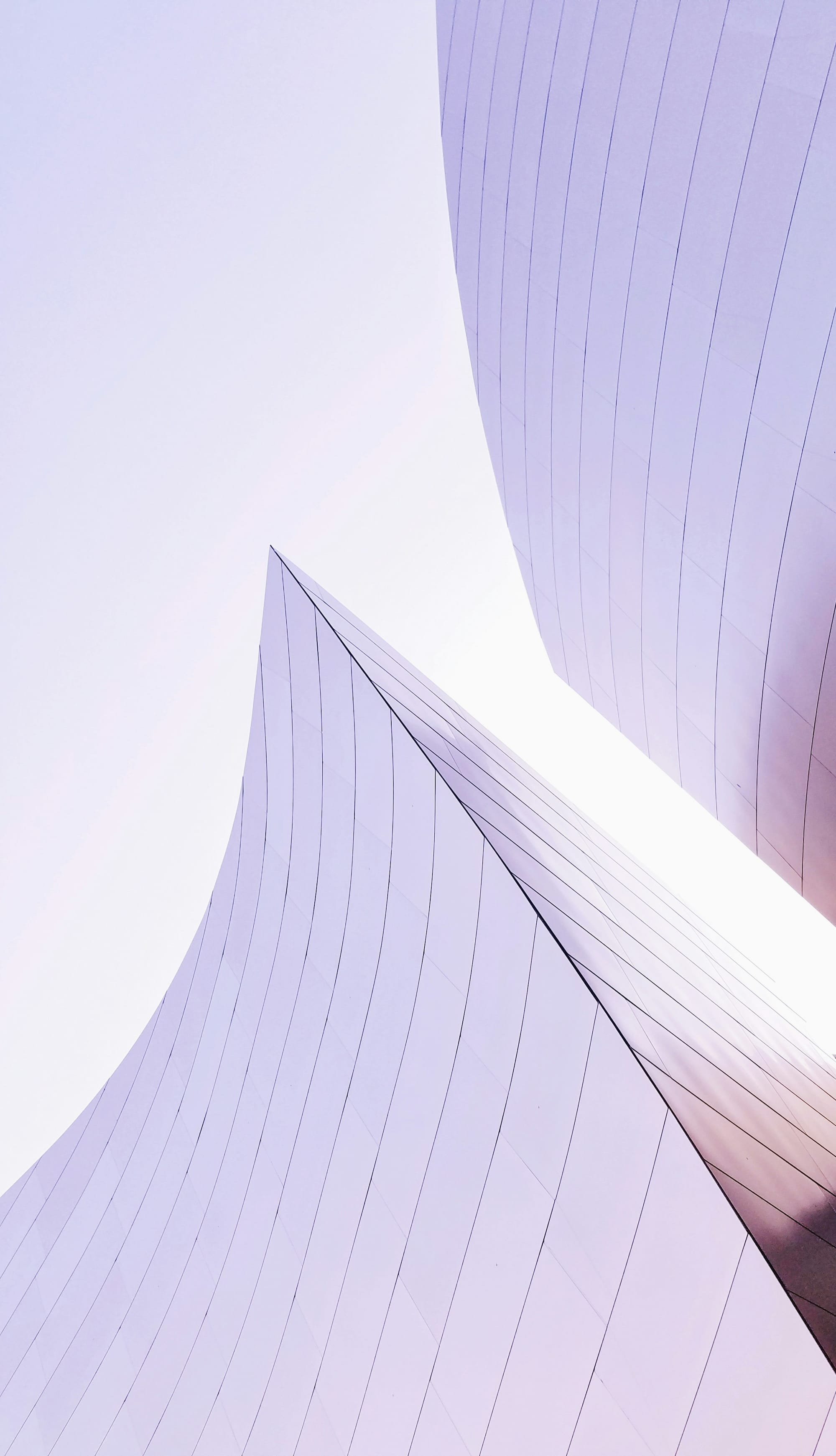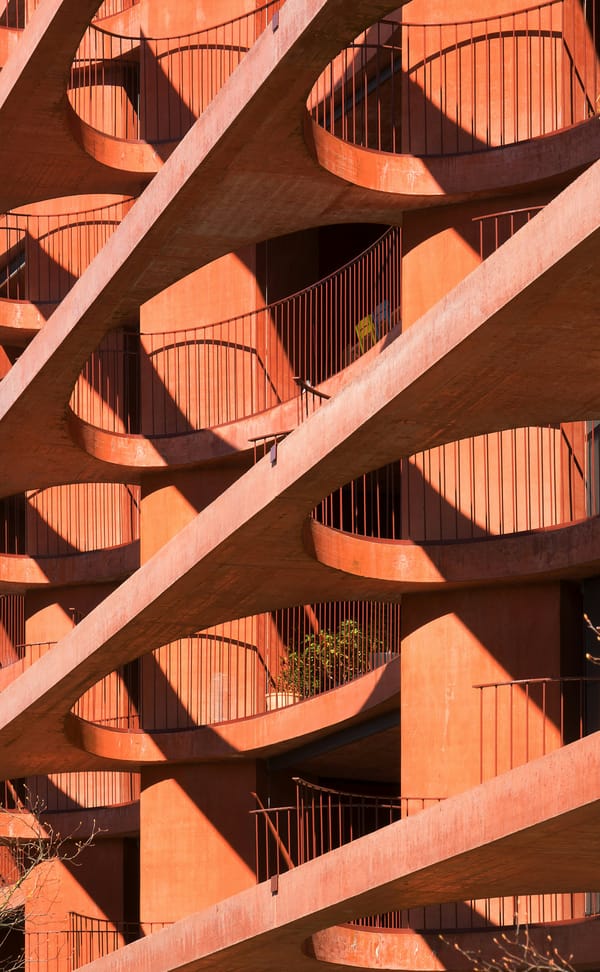Skyward Realms: Redefining Vertical Architecture
People
In the ever-expanding landscape of modern cities, where urban sprawl is constrained by limited horizontal space, architecture is beginning to look upward—not just in terms of physical height, but in pursuit of meaning, sustainability, and emotional resonance.

Skyward Realms is a conceptual architectural theme that explores the profound potential of verticality. It reimagines tall buildings not as mere symbols of status or density, but as elevated environments where human life, nature, and the built form coexist in harmony.
The idea behind Skyward Realms is not only to build higher but to build better above. These are structures that transcend conventional skyscraper typologies by integrating lightness, openness, and ecological intelligence. Drawing inspiration from the sky itself—its expansiveness, fluidity, and mystery—designers are challenged to craft spaces that feel less like stacked floors and more like floating realms. Transparent materials, reflective surfaces, and vertical green systems are used to dissolve boundaries and invite the sky inward, blurring the line between architecture and atmosphere.
Technological advances have made this vision increasingly feasible. With innovations in lightweight construction, energy-efficient systems, and modular designs, skyward structures can now support sustainable lifestyles. Sky gardens, vertical farming, natural ventilation systems, and solar façades transform high-rise buildings into self-sustaining ecosystems in the clouds. These elements do not just reduce environmental impact—they also enhance the physical and emotional well-being of inhabitants by bringing natural elements into the vertical realm. In Skyward Realms, nature is not left on the ground—it rises with us.
But Skyward Realms is also an emotional and symbolic idea. The sky has long been a metaphor for aspiration, transcendence, and the unknown. By building toward the sky, architects are not merely solving urban problems—they are engaging with timeless human desires. These spaces elevate not just physically, but psychologically: offering a sense of freedom, clarity, and awe. Whether through a double-height atrium filled with filtered light, a rooftop sanctuary above the noise of the city, or a panoramic window that opens to the horizon, each design becomes an encounter with vastness.
Ultimately, Skyward Realms invites us to rethink what it means to inhabit vertical space. It’s not about conquering the sky, but partnering with it—designing buildings that soar not out of ambition, but out of a deep understanding of our place between earth and sky. In these elevated structures, we don’t escape the world below; we extend it—upward, thoughtfully, and beautifully.
Key Concepts of Skyward Realms:
- Vertical Living Ecosystems
Multi-purpose buildings that integrate housing, workplaces, green spaces, and public areas across height, creating layered communities in the sky. - Transparency and Light Integration
Use of glass, reflective materials, and open plans to invite natural light and create a feeling of weightlessness and openness. - Sustainable High-Rise Design
Incorporating renewable energy sources, vertical gardens, passive cooling, and green technology to create self-sufficient buildings. - Emotional and Sensory Experience
Designing with attention to psychological comfort, awe, and serenity at great heights—making vertical space emotionally enriching. - Architectural Symbolism and Sky Connection
Structures that reflect cultural, poetic, or spiritual connections to the sky—through form, orientation, and material.
You May Also Like
 New
New

